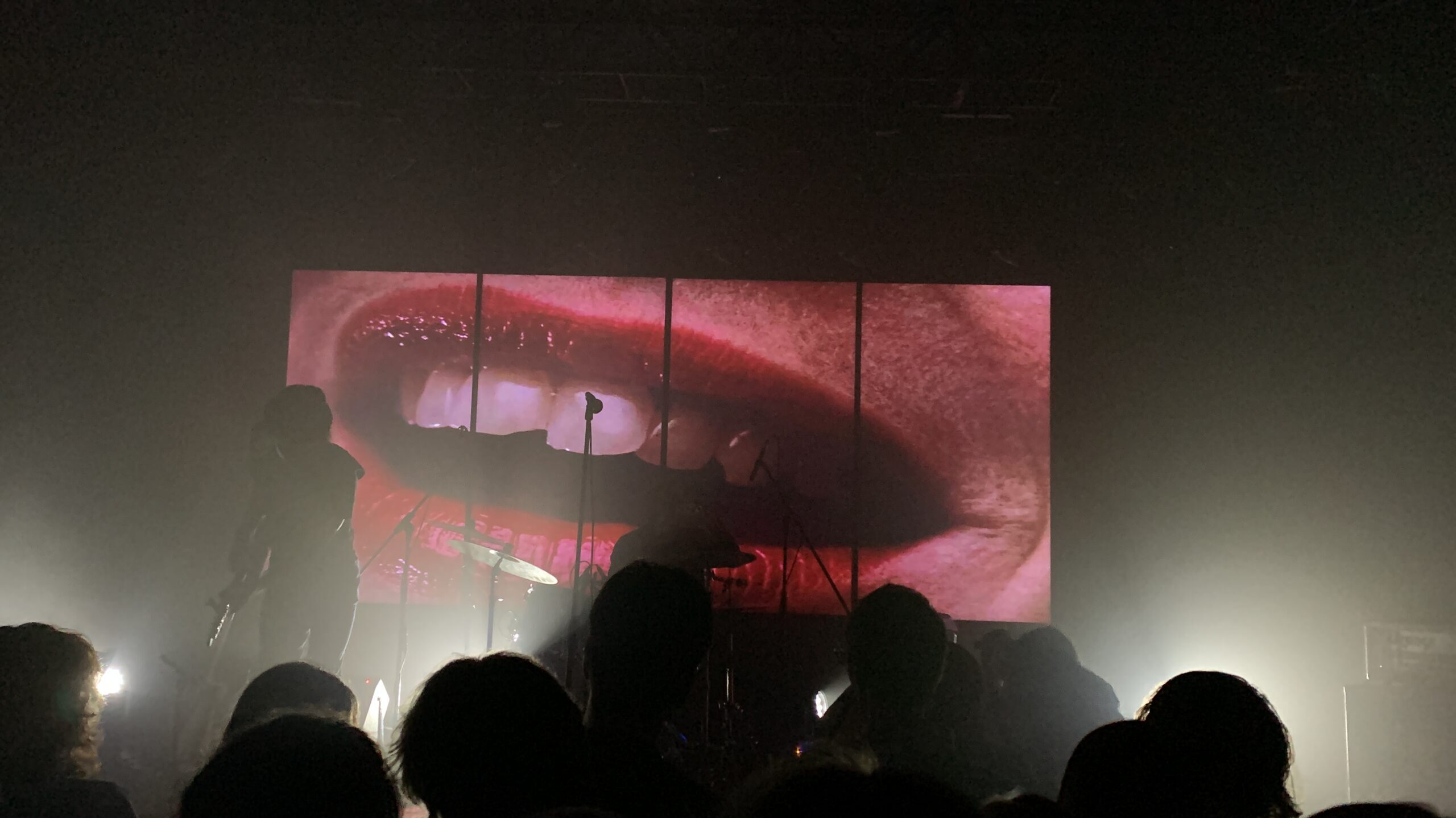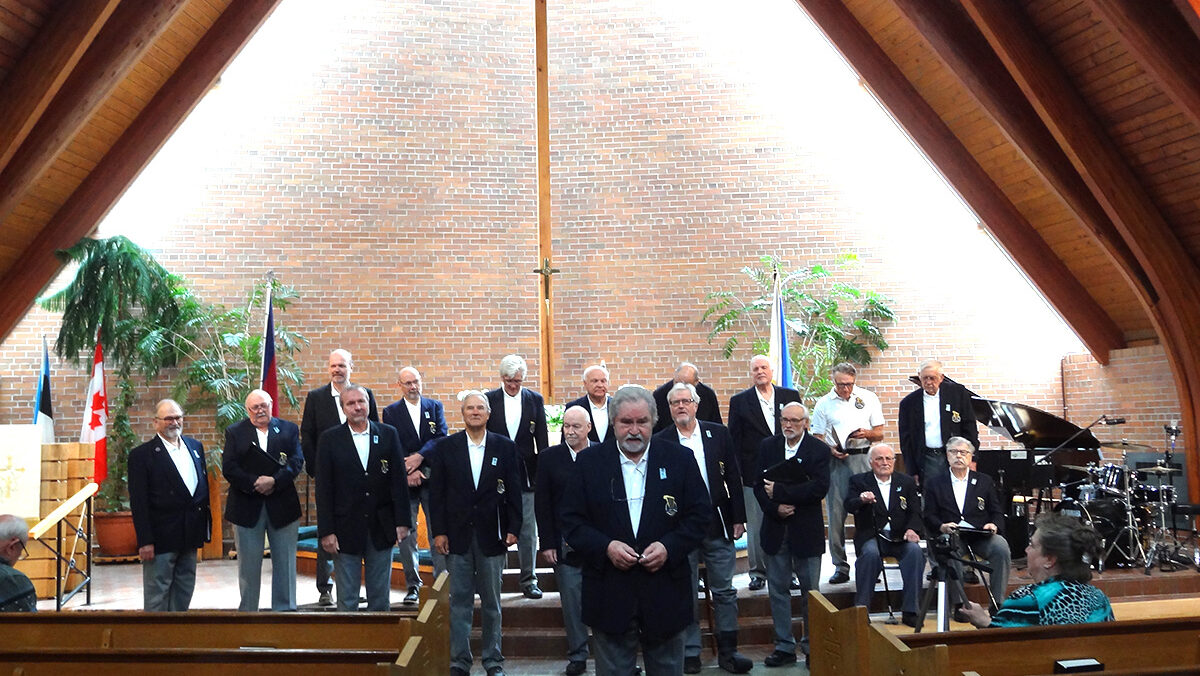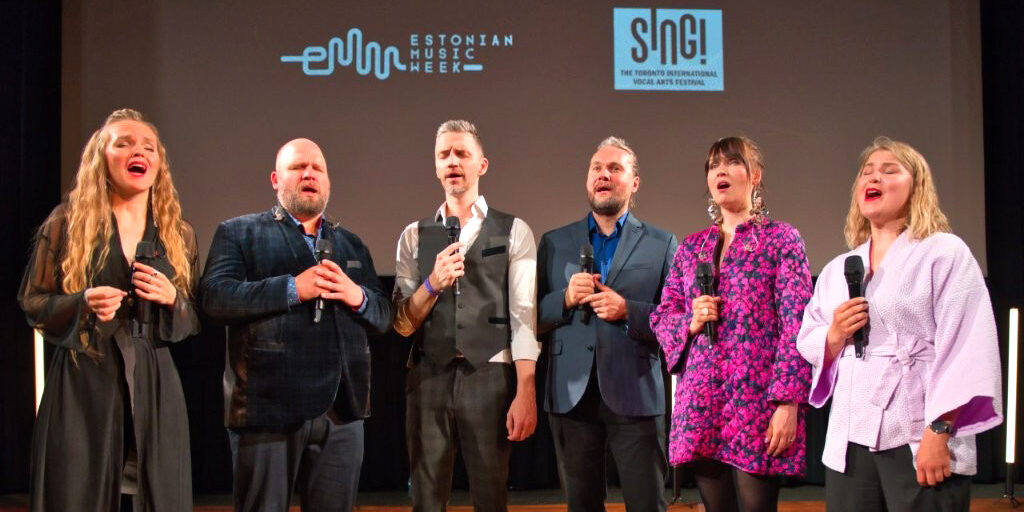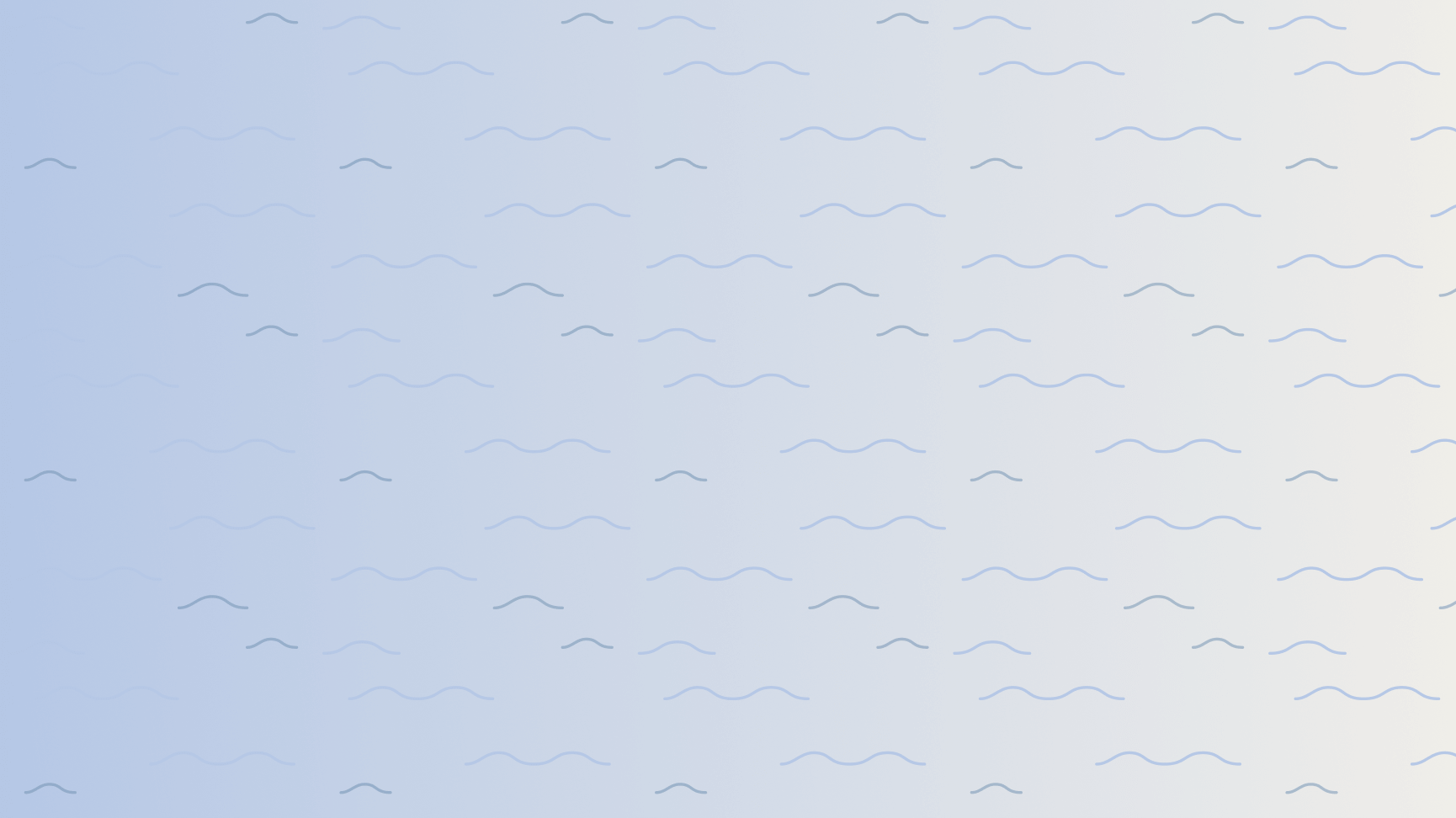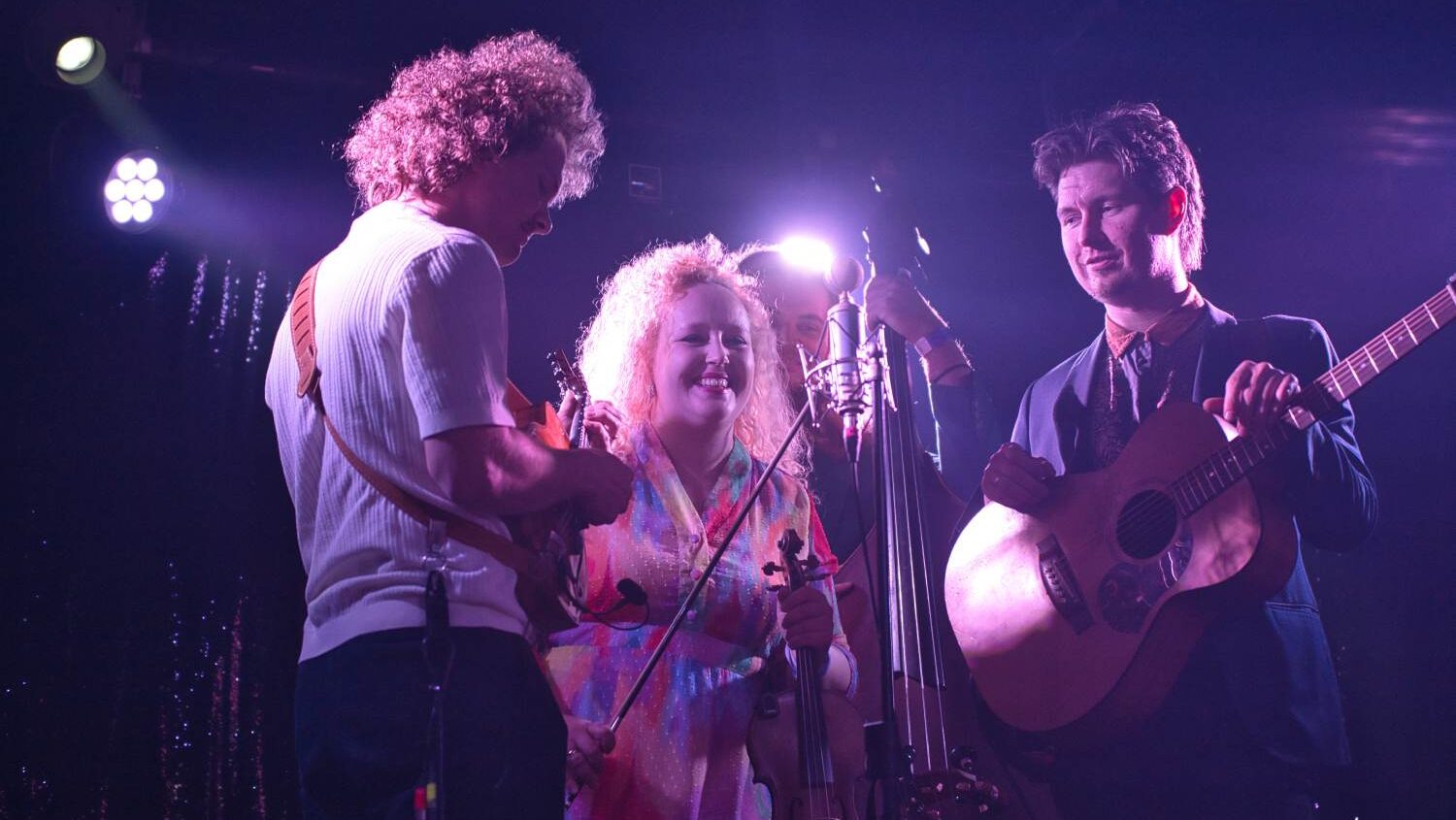Could you tell us about your path as an artist?
After high school in Tallinn, I moved to Helsinki to study at Aalto University. Soon enough, I started taking classes from the photography MA program, which led me to working on documentaries, collaborating with designers from Aalto Fashion, and expanding my practice towards fine arts. I continued my studies in Gerrit Rietveld Academie in Amsterdam and am currently based in the Netherlands. My practice mainly focuses on photography and video, working in fashion and music, as well as keeping myself busy with personal projects.
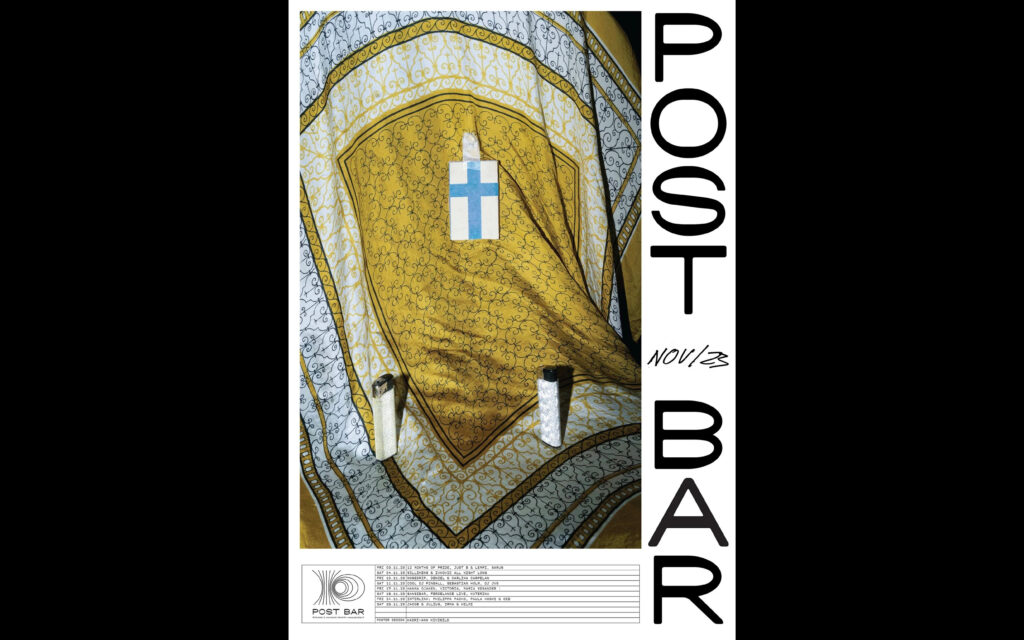
Can you talk about your recent collaborations with other Estonian artists?
Over the course of the last year I have been mainly working together with the band Holy Motors. I did the merch for their New York tour and more recently created visuals for their concert at Paavli Kultuurivabrik. The idea was to take the overall feeling of melancholy in their music and translate it into a 35mm slide projector like show. I was curating archival imagery: movie stills and public domain images from mid-century America. The underlying theme was, of course, loneliness [laughter]. We also have some plans for the future, but I won’t disclose them yet. Earlier last year I was in Los Angeles working together with Maria Minerva on a music video for her upcoming release, which I am really excited about.
Our last work was an installation, a singing postcard stand for the UTL art book fair at Kohta Taidehalli. It displayed sixty-six postcards and played Finnish tango and Estonian estrada music when turned.
Speaking of collaborations, what can you tell us about the Amorella Collective?
It’s a documentary photography collective consisting of me and two Finnish photographers, Lydia Toivanen and Juuli Kangasniemi. Amorella is the name of a cruise ship built in 1988 in former Yugoslavia that was sailing between Turku, Helsinki, and Stockholm from 1995 to 2022. It was one of the last cruise ships that had the original eighties interior design and the whole ship and its passengers looked like something out of an Aki Kaurismäki movie. Since last year, Amorella has been sold to Corsica Ferries, now slow-dancing with the Mediterranean Sea, bearing a new name: Mega Victoria. Our collective works with similar ideas of peripheral loneliness, romance, seduction, and an identity crisis that once sailed the Baltic Sea. Our last work was an installation, a singing postcard stand for the UTL art book fair at Kohta Taidehalli. It displayed sixty-six postcards and played Finnish tango and Estonian estrada music when turned.
How do you hope viewers interpret or connect with your work? Is there a particular feeling or message you try to evoke?
I guess this idea of peripheral loneliness applies here as well. Throughout history, Estonia has been a battleground for other states conducting their imperial plans, while our own identity has been sidelined. On one hand, we are struggling with the aftermath of Russian occupation and ongoing terrorism. While, on the other hand, we have the West, that has taken advantage of the crippled economy left from the occupation and has refused to practice a decolonial mindset in Eastern Europe. Nokk kinni, saba lahti as we say in Estonian [lit. “Beak closed, tail open”].
In some way or another, the themes stemming from my Estonian heritage are always reflected in my work. My work levitates between fiction and documentary, balancing between formal and informal. I am really interested in Estonian heritage and the stories and lives of Estonian communities abroad. I love strange cultural overlaps and referencing—such as Estonian covers of western hits or elderly Finnish cowboys; live fish swimming in tiny cups in a Mexican supermarket while “Take My Breath Away” by Berlin plays in the background… It brings me joy. I guess the feeling I am trying to evoke is either the one of driving a convertible car, kids going crazy on a trampoline in Suurupi, or of a 2010’s EMT ladybug sticker on a Nokia phone.
Speaking of fusions… how did your NTS show come together? What was the inspiration behind the Estonian/Mexican mix?
I have a Mexican friend in Los Angeles who runs a show called La Cosecha Internacional. We were once driving around the city, playing each other our favorite music and got an idea that it would be a fun concept for a show. Exploring similarities between Estonian and Latin music, seemingly two completely different worlds. I had just gone through a strange two months of only listening to Jaak Joala and was feeling quite dramatic at the time, so the timing was perfect.
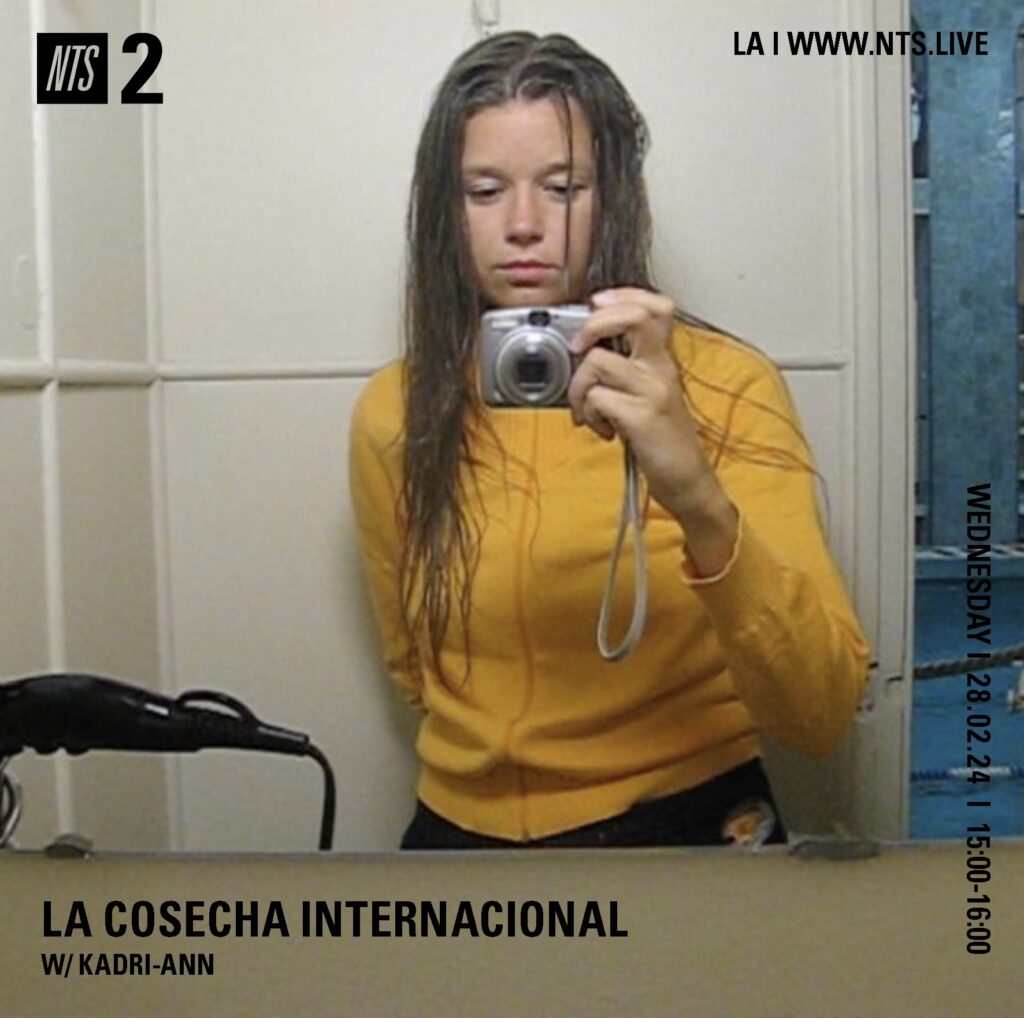
What about DJing? How did you start that?
My first listening experience was a CD of Kadriko by Collage that my parents had burned for me when I was two, and it kind of went on from there. Growing up my favourite thing to do was listen to Raadio 2’s evening program while driving to Tallinn after the weekend. I started DJing during high school, and when I moved to Helsinki I had the opportunity to host a monthly show on IDA radio. I spent a substantial amount of my summers in Southern Estonia and thought that it would be so nice to have a show that people could listen to while vacationing. That inspired the name: Vastseliina FM. And that has led to other things. Last year I started a new party series called “Danger from Estonia” with my brother and we have been hosting events in Tallinn and Amsterdam.
How do you maintain a cohesive artistic identity across these different creative projects?
I try to be driven by my current interests, then things kind of naturally lead to new paths. I know what I like, and will find a way to execute it. In terms of cohesiveness, I don’t think formats or media play too big of a role, the defining element is rather the style, or approach to things. And it is visible in anything one does, from driving a car to writing an article. At the end of the day, if you do work that you like, you attract people who think similarly, and that creates opportunities to do more of the things that you like.
Do you have any upcoming projects?
I’m currently working on a video work for an exhibition at the Stedelijk museum which will be taking place at the end of March. In the academic realm I am researching Estonian expatriate journalism in the West during the Soviet Union (such as Vaba Eestlane in Toronto, Vaba Eesti Sõna in New York, and Välis-Eesti) as part of my graduation project. So coincidentally Canadian-Estonians have been on my mind a lot lately!
Responses have been edited for clarity and length.
[This article was created by Natalie Jenkins as part of the Local Journalism Initiative.]
